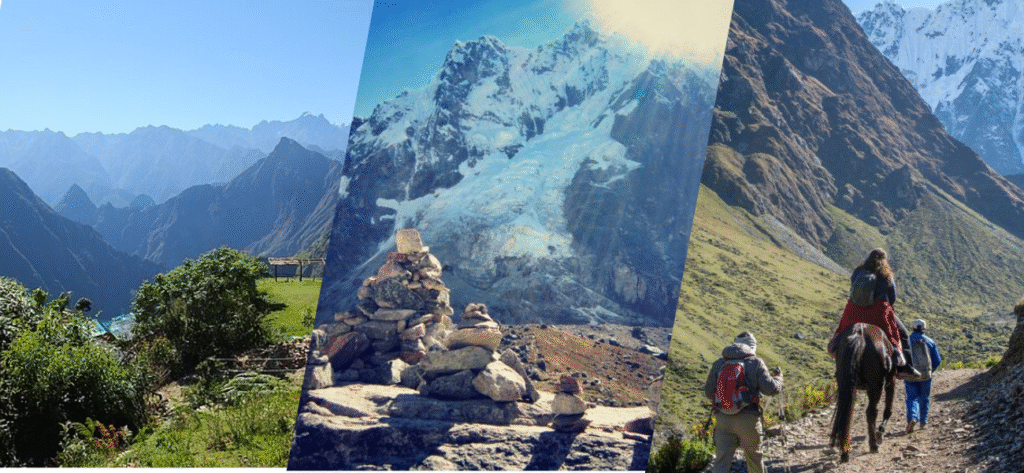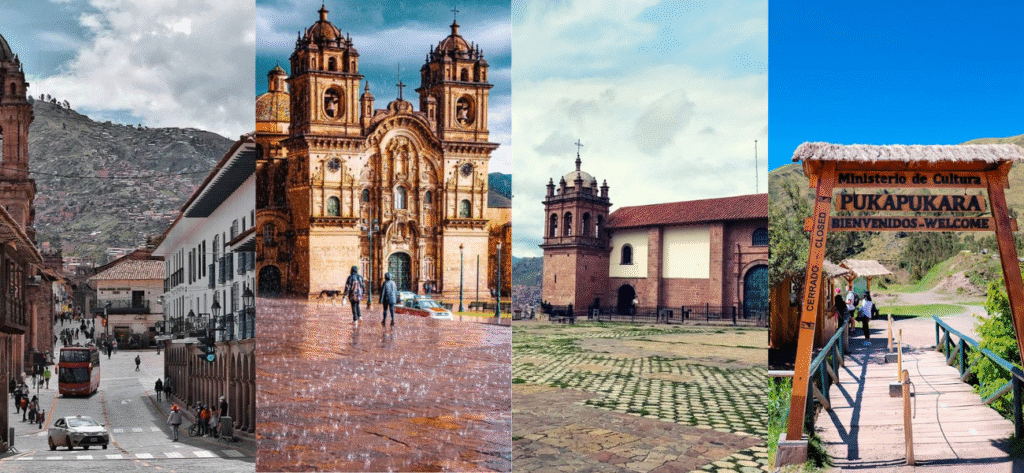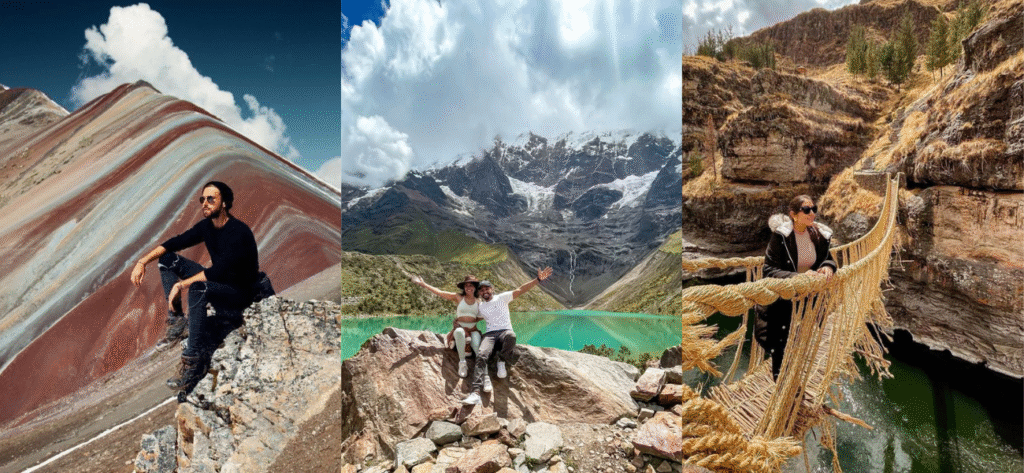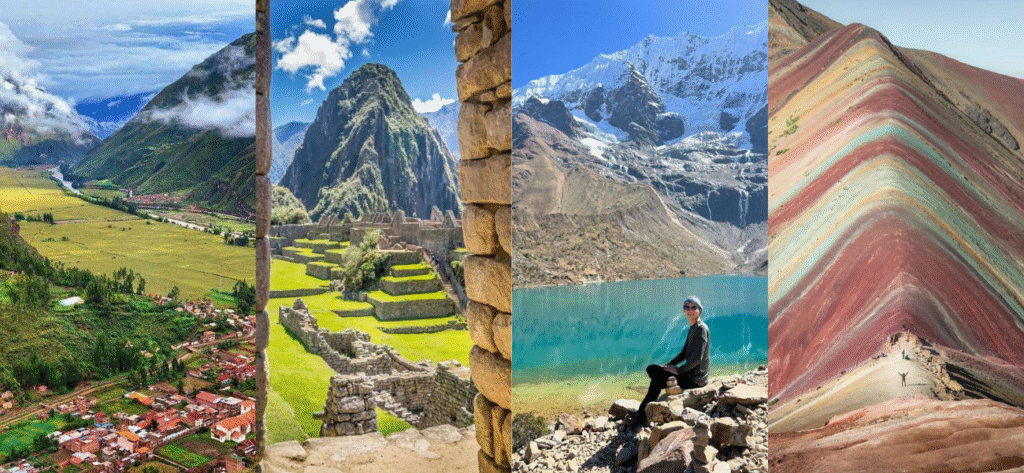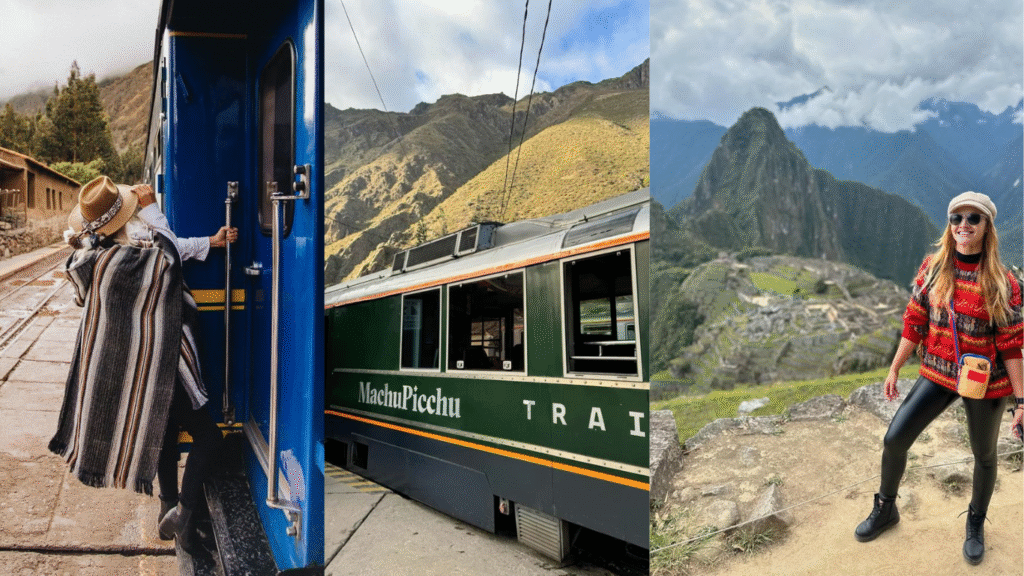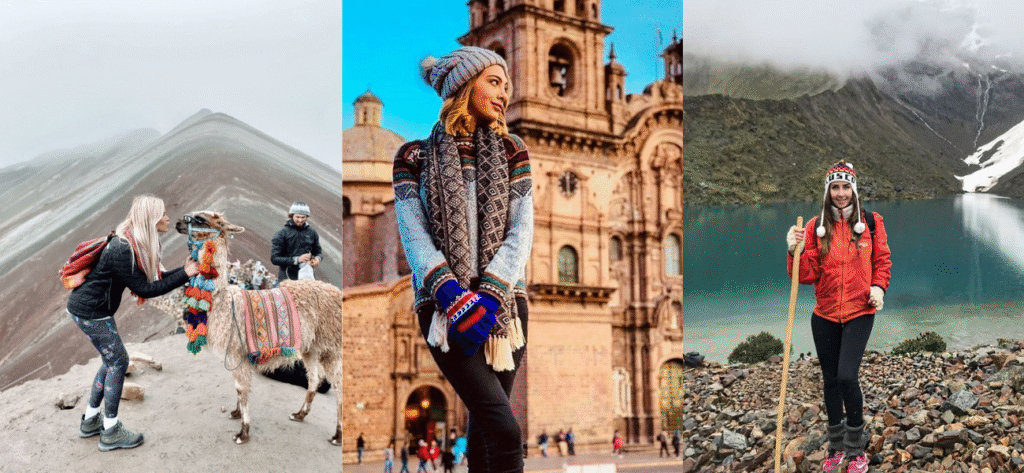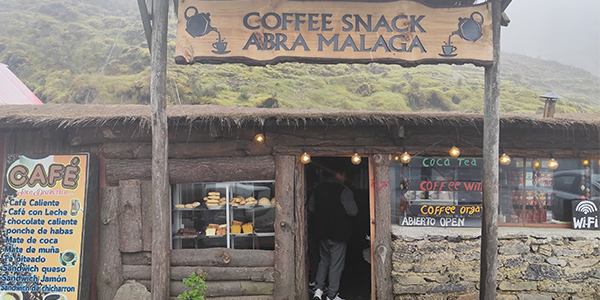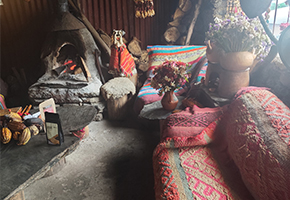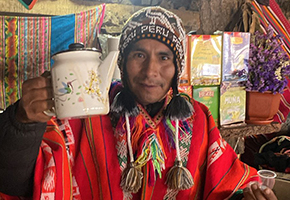Salkantay Trek Altitude: Everything You Need to Know Before You Hike
When planning your adventure on the Salkantay Trek to Machu Picchu, one of the most important things to understand is the altitude. The trek takes you through some of the highest and most breathtaking points in the Andes — both in beauty and in elevation!
If you’re wondering how high you’ll go and how to prepare, here’s everything you need to know about the altitude on the Salkantay Trek.
Key Altitudes Along the Salkantay Trek
- Cusco – 3,400 meters (11,155 feet)
Your journey starts in Cusco, the historic Inca capital. At 3,400 meters above sea level, it’s already a high-altitude city, making it the perfect place to acclimatize before your trek. - Mollepata – 2,803 meters (12,477 feet)
Often the starting point of the trek, this small town sits at a slightly lower elevation, offering a gentle introduction to hiking. - Soraypampa – 3,900 meters (12,795 feet)
This is your first campsite and the gateway to Humantay Lake. Here, you’ll start to feel the thin mountain air. - Salkantay Pass – 4,650 meters (15,256 feet)
The highest point of the trek — and the most challenging. But the views here, with the towering Salkantay Mountain (6,271 m / 20,574 ft) beside you, are absolutely worth every step. - Chaullay – 2,900 meters (9,514 feet)
After crossing the high pass, you descend into warmer, greener valleys. Many trekkers feel instant relief as the altitude drops. - La Playa – 2,062 meters (6,765 feet)
You’ll notice a drastic change in climate and scenery here, entering the high jungle zone. - Machu Picchu – 2,430 meters (7,972 feet)
Your final destination is at a comfortable elevation compared to the trek’s highest points, meaning most people feel great by the time they reach the iconic ruins.
Why Altitude Matters on the Salkantay Trek
The trek’s high elevations, especially at Salkantay Pass, mean you need to prepare for thinner air, cooler temperatures, and the potential for altitude sickness. It’s the main challenge for many hikers, even those who are physically fit.
How to Prepare for the Altitude
- ✅ Acclimatize in Cusco
Spend 2-3 days in Cusco or the Sacred Valley before starting the trek. This gives your body time to adjust. - ✅ Stay Hydrated
Drink lots of water, and avoid alcohol and heavy meals before ascending. - ✅ Take It Slow
Pace yourself on the trail, especially on the ascent to Salkantay Pass. - ✅ Consider Altitude Medication
Consult your doctor about preventive medication like acetazolamide (Diamox).
Bonus Tip: Enjoy the Changes in Altitude!
One of the most magical parts of the Salkantay Trek is how the altitude changes bring different landscapes:
- High Andean peaks and glaciers at 4,650 meters
- Lush cloud forests as you descend
- Tropical jungle vibes near Machu Picchu
Every step down feels like entering a new world!
Final Thoughts: Conquer the Altitude, Embrace the Adventure
Yes, the altitude on the Salkantay Trek is challenging — but it’s also what makes this journey so epic. With smart preparation and the right mindset, you’ll not only reach Machu Picchu but also enjoy every breathtaking (literally!) moment along the way.
What you should do before booking Salkantay Trek to Machu Picchu
1. What is the Salkantay Trek, and how does it compare to the Inca Trail?
The Salkantay Trek is an alternative route to Machu Picchu, offering breathtaking landscapes, including snow-capped mountains, cloud forests, and high-altitude passes. Unlike the Inca Trail, the Salkantay Trek does not require a permit and is less crowded, providing a more adventurous experience.
2. How many days does the Salkantay Trek take to reach Machu Picchu?
The standard Salkantay Trek takes 5 days and 4 nights, covering approximately 72 km (45 miles). However, there are shorter and longer variations of the trek available.
3. What is the difficulty level of the Salkantay Trek?
The Salkantay Trek is considered moderate to challenging, as it involves hiking at high altitudes and steep ascents. The highest point is the Salkantay Pass at 4,650 m (15,255 ft). Proper acclimatization is recommended before starting the trek.
4. Do I need a permit to hike the Salkantay Trek?
No, unlike the Inca Trail, the Salkantay Trek does not require a special permit. However, you do need an entrance ticket for Machu Picchu, which should be booked in advance.
5. What is the best time of year to hike the Salkantay Trek?
The best time to hike the Salkantay Trek is during the dry season (April to October). The weather is more stable, with clear skies and less rain. The rainy season (November to March) can make the trail muddy and challenging.
6. What should I pack for the Salkantay Trek?
Essential items include:
- Hiking boots (waterproof and comfortable)
- Warm layers (temperatures drop at night)
- Rain jacket or poncho
- Sleeping bag (suitable for cold weather)
- Sun protection (hat, sunglasses, sunscreen)
- Water bottle and purification tablets
- Basic first aid kit
7. Is altitude sickness a concern on the Salkantay Trek?
Yes, altitude sickness can be an issue, especially at the Salkantay Pass (4,650 m). It is recommended to spend a few days in Cusco (3,400 m) before the trek to acclimatize. Staying hydrated, avoiding alcohol, and chewing coca leaves can help with symptoms.
8. How do I get to Machu Picchu from the end of the Salkantay Trek?
After reaching Hidroelectrica, you have two options:
- Hike 3 hours to Aguas Calientes.
- Take a 30-minute train from Hidroelectrica to Aguas Calientes.
From Aguas Calientes, you can hike or take a bus up to Machu Picchu.
9. Are there accommodation options along the Salkantay Trek?
Yes, most trekking companies provide campsites or eco-lodges along the route. Some upgraded tours offer more comfortable accommodations, such as glass cabins or domes. The final night is usually spent in a hotel in Aguas Calientes.
10. Can I visit Machu Picchu without hiking the Salkantay Trek?
Yes, you can take a train from Cusco to Aguas Calientes, followed by a short bus ride or hike up to Machu Picchu. This is the most popular option for visitors who prefer not to hike.
You must be interested
- Salkantay Trek to Machu Picchu
- Salkantay Trail 5 days 4 nights
- Salkantay Trek difficulty level
- Salkantay vs Inca Trail comparison
- Best time to hike Salkantay Peru
- Salkantay Trek tour price 2026
- Guided Salkantay Trek packages
- Salkantay Trek altitude and acclimatization
- Salkantay Trekking tours from Cusco
- Salkantay Trek full itinerary
Salkantay Travel Information
- Salkantay Trek Food: What You’ll Eat on the Trail
- Birds of the Salkantay Trek: Species You Can Spot on the Route
- Is the Salkantay Trek Dangerous?
- Salkantay Trek Altitude: Heights Along the Route
- Flora and Fauna in Salkantay Trek
- Altitude Sickness on the Salkantay Trek
- Salkantay Trek Difficulty: How Hard Is the Route?
- Salkantay Trek FAQs: Answers to Common Questions
- Best Time to do Salkantay trek
- Training for Salkantay Trek: How to Get Ready
- How long is the Salkantay Trek?
- Salkantay Trek Price: How Much Does It Cost?
- What Is the Salkantay Trek?
- What to Bring on the Salkantay Trek?
- Best Time to Do Salkantay Trek
- Your Insider’s Guide to Salkantay Trek
- Where is Salkantay?
- Salkantay highlights
- Tour Montaña de Colores con Transporte


